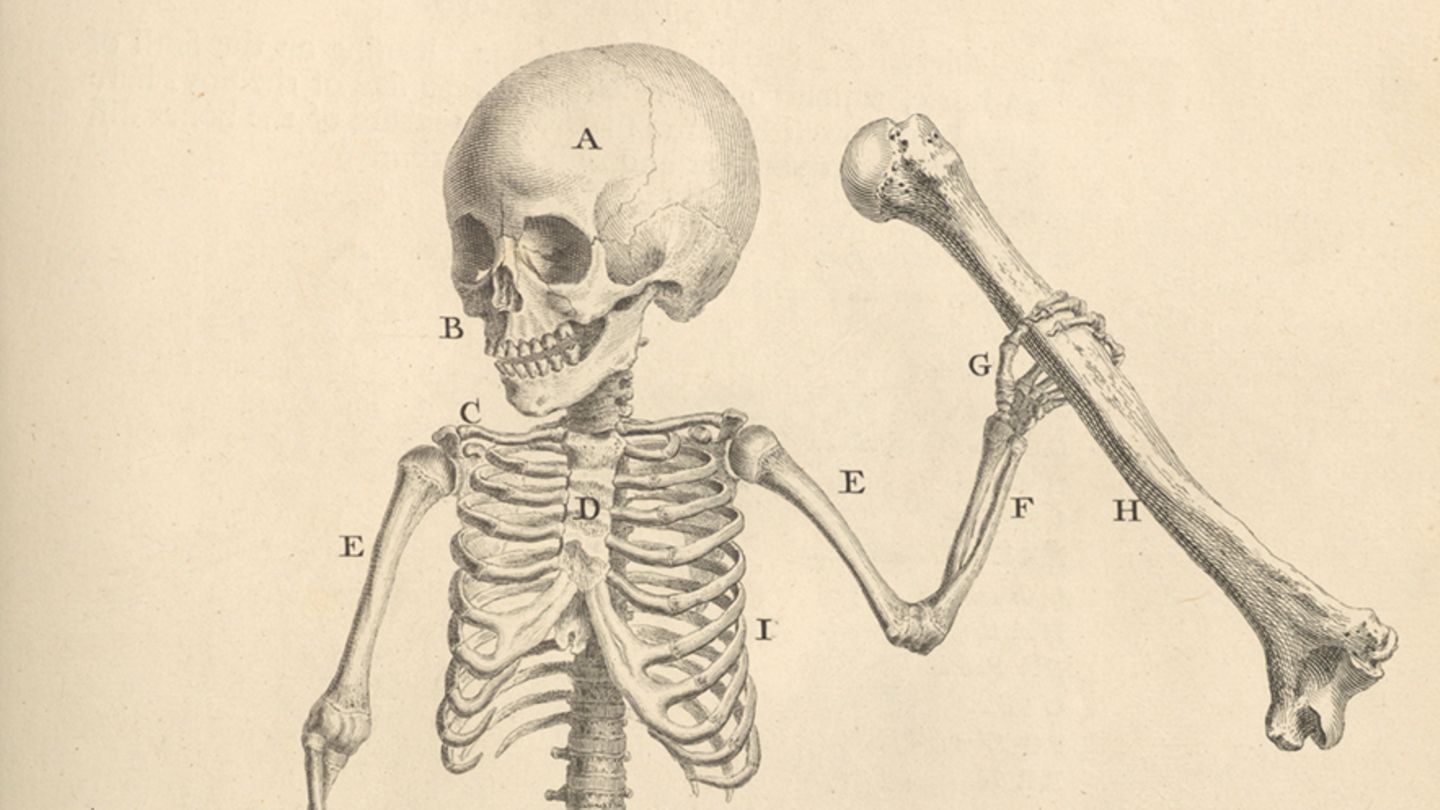It seems as if the corona pandemic is over. The Oktoberfest is celebrated and when it comes to the Christmas markets, they tend to be criticized because of the energy prices. A new omicron variant could become a problem.
The Corona summer wave has given way to a lull and the forecast autumn wave is not yet in sight. And recently the US President announced the end of the corona pandemic. So it is hardly surprising that the virus is currently not worth more than isolated side reports. In addition, the events in Ukraine, the nuclear threats from Russia and the exploding energy prices of Corona are competing for media space.
Nevertheless, it is worth taking a look at the current situation, because the federal government has passed a new infection protection law in order to be prepared for emergencies. And experts expect new worrying variants. The most important questions and answers about the current situation.
How is the infection process developing in Germany at the moment?
On Sunday, the seven-day incidence per 100,000 inhabitants was almost 300 and thus lower than the day before. Although the numbers fluctuate from weekday to weekday, they are at a similar level. The health authorities in Germany recently reported 46,964 new corona infections (previous week: 36,613) and 90 deaths (previous week: 88) to the RKI within one day.
Nevertheless, the RKI warns against underestimating the situation. The picture of the current infection process is incomplete due to the declining interest in corona tests and the rather irregular transmission of results from the health authorities. Positive test results are rarely reported later and PCR tests are performed less frequently overall. However, a positive quick test or citizen test is not enough to be included in the RKI statistics. Experts have therefore been assuming for weeks that the number of cases recorded will be significantly higher than stated.
Will the Oktoberfest become the new pandemic driver?
That’s not entirely clear at the moment. During the celebrations, scientists from Munich examine samples from the Oktoberfest wastewater every day for components of the corona virus. The virus concentration is similar to that in the city area, according to the Department of Infection and Tropical Medicine at the LMU Klinikum Munich. However, the researchers do not completely rule out a Wiesn wave. This could be delayed due to the incubation period of five days.
At the same time, the researchers concede that the waste water from the Wiesn is very diluted compared to the municipal waste water due to the large amount of flushing water, the fact that urine is mainly discharged instead of stool, and rainfall. This makes it difficult to analyze the samples. Because the guests are also out and about in the city of Munich, the researchers are also examining the city’s wastewater.
In addition to the viral load, the scientists carried out sequencing to observe the genetic composition of the viruses – and also to quickly discover possible new variants.
Is there already a new virus variant?
Alpha, Delta and now Omicron: There is now scientific consensus that the coronavirus has been mutating at least since the beginning of the pandemic. However, not every variant is equally dangerous, nor does every mutation have to mean a dramatic turn in the pandemic. Authorities and experts distinguish between variants to be observed (variant of interest) and variants of concern (variants of concern). In neighboring Austria, there are currently reports about a new omicron variant called BA.2.75.2 or BJ.1.
Why is BA.2.75.2 relevant?
So far, 70 infections with the new virus variant have been reported worldwide – most of them in India. The variant has also appeared in the USA. It could become even more important this fall. Mainly because it “has a record number of mutations”, as Ulrich Elling, molecular biologist at the Institute for Molecular Biotechnology of the Austrian Academy of Sciences, explains to the Austrian “standard”.
The new virus variant is a mutant of the BA.2 variant, which has 31 mutations on the spike protein – the docking site of the virus. In BA.2.75.2 there should be 13 additional mutations. For comparison: BA.5 has five additional ones, with Delta there were only eight in total.
Why could the variant become problematic?
Austrian scientists fear a better immune escape of the new subvariant. Because the mutations are found in exactly those places where the antibodies against the virus bind. This made it more difficult for the antibodies to recognize and fight the corona variant. Because of the increasing immune protection in the population through infections and vaccinations, it was only a matter of time before the virus would develop further and “survive”.
What does the new variant mean for autumn and winter?
It remains to be seen how dangerous the new sub-variant is. Elling points out that the virus could lose its infectiousness. In India, however, this expectation is not fulfilled. The virus spreads quickly there. “We have to remember that omicron has repeatedly gained infectivity through a number of mutations. In any case, BA.2.75.2 will be a lot more contagious than the original variant from Wuhan,” says Elling. In order to find out what BA.2.75.2 really means for the infection process, the increase in growth must be observed in the near future.
Will BA.2.75.2 also prevail in Germany?
That’s difficult to answer at the moment. “We are in a phase where we are seeing a great many new sub-variants, a swamp of new sub-variants,” says virologist Björn Meyer from the Institute for Medical Microbiology and Hospital Hygiene at the University of Magdeburg. Many of them have evolved to bypass protection from previous infections or vaccinations. Therefore, in the end it may not make any difference which variant dominates. It also remains unclear at first how severe the course of the disease will be in the event of infection with the corresponding subvariants.
How can you still protect yourself against the new variants?
Scientists assume that many people will fall ill with Corona again next winter. In order to protect the population from infection, they therefore recommend a new strategy for vaccine and drug development. New vaccines would have to be developed in such a way that they would also work against different variants and subtypes.
Sources: , “”, “”, 1, , with material from DPA and AFP
Source: Stern




